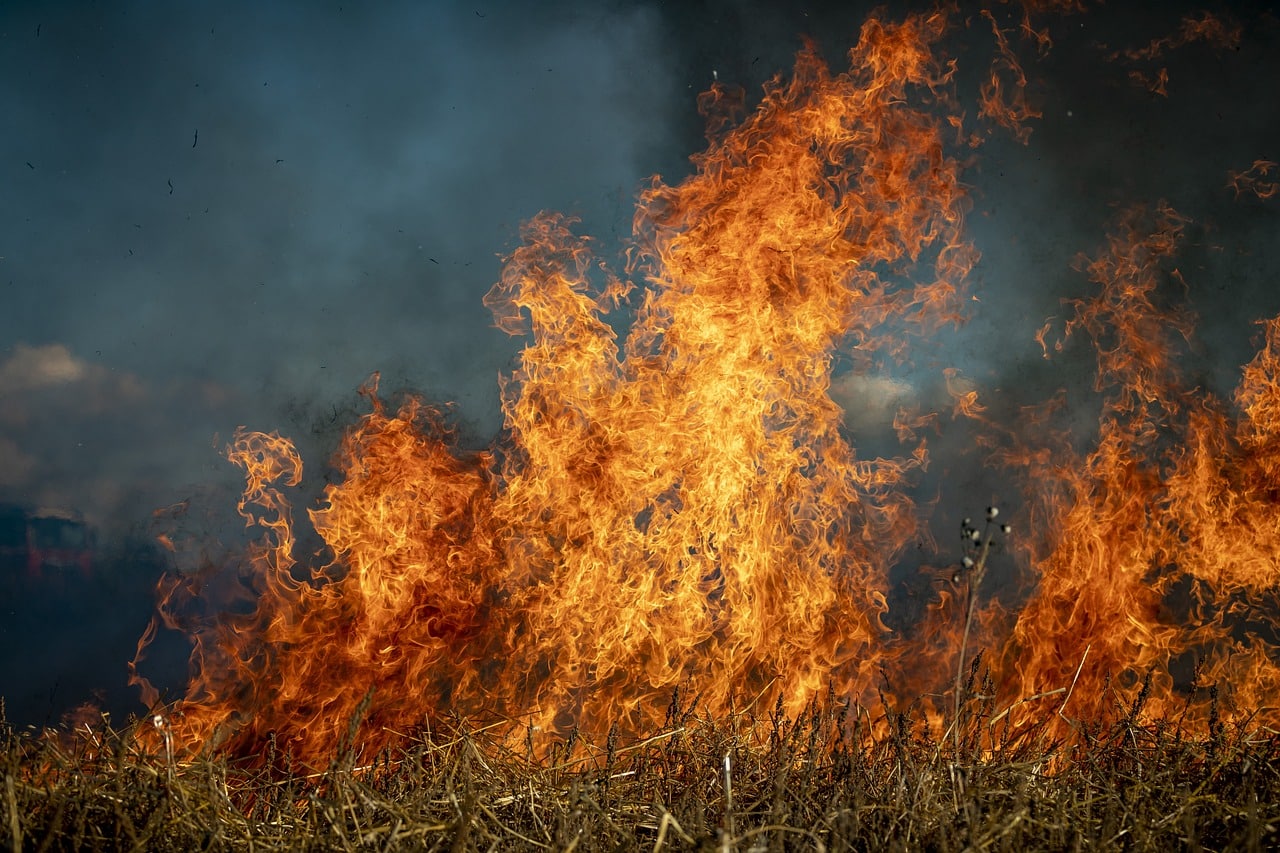The California Supreme Court has ruled that residents won’t be able to sue Pacific Gas & Electric (PG&E) for physical harm and damages caused by power shutoffs during adverse weather conditions.
The ruling keeps residents who have lost property, productivity, or suffered health issues after losing power to hold PG&E financially responsible. Lawsuits won’t be allowed and for now, those who have suffered hardships during power shutdowns, won’t be able to seek compensation.
The Growing Problem with Wildfires and Power Shutdowns
 PG&E’s negligence is thought to have started over 30 wildfires since 2017, causing billions of dollars in damage and tragically claiming over 100 lives. PG&E has pled guilty to involuntary manslaughter charges. The utility giant was also forced into bankruptcy after billions of dollars have been paid out to victims who have lost their homes, their health, and their loved ones.
PG&E’s negligence is thought to have started over 30 wildfires since 2017, causing billions of dollars in damage and tragically claiming over 100 lives. PG&E has pled guilty to involuntary manslaughter charges. The utility giant was also forced into bankruptcy after billions of dollars have been paid out to victims who have lost their homes, their health, and their loved ones.
The LA Times reports that the California Supreme Court decision was prompted by a separate federal case. Plaintiffs suing PG&E argue that the power company is to blame for the need for blackouts in the first place. They allege PG&E’s failure to invest in important safety upgrades over several decades left its aging power grid prone to lighting fires.
The case points out how residents who are refused power sometimes go days without access to basic necessities. They might lose running water, lights, heat, or air conditioning. They may face dangers in dark conditions and lose cell service to call for help.
Why Are Power Shutoffs Being Used in California?
Simply put, power shutoffs are a way to avoid more fires and the devastation they cause. PG&E also wants to avoid liability and further financial harm to the company.
The Public Safety Power Shutoff (PSPS) program is an attempt to prevent wildfires from sparking during storms and other bad weather. High winds have caused dozens of wildfires in recent years, and shutting off electricity to powerlines in danger of ending up on the dry ground is sometimes beneficial.
Another remedy would be for PG&E to upgrade its power grid and replace old power poles and lines at risk of damage. Investigators have pointed out that PG&E’s delay in removing hazardous trees from around transmission lines has also caused blazes. These improvements are long overdue.
As PG&E works to improve its network and avoid liability for fires, the safety blackouts are a proven way to reduce the fire threat. Unfortunately, the outages come with a human toll that’s impossible to deny.
California Utilities Commission Explains Public Safety Power Shutoff
California’s Public Utilities Commission (CPUC) details the use of power shutoffs this way:
“With the continuing threat of wildfire, the electric investor-owned utilities (IOUs) may proactively cut power to electrical lines as a measure of last resort if the utility reasonably believes that there is an imminent and significant risk that strong winds may topple power lines or cause major vegetation-related issues leading to increased risk of wildfires. This effort is called a Public Safety Power Shutoff (PSPS).”
PG&E shutoffs may prevent some wildfires, but cutting power to California residents during bad storms creates health and safety risks for millions of people each year.
The commission does acknowledge that these shutdowns can create “risks and hardships” for communities and their facilities. The risk is especially high for vulnerable communities and individuals.
The CPUC does have the power to control when planned shut-offs are allowed and the ways PG&E enacts their outages.
Help for California Wildfire Victims
For now, there’s little residents can do when they suffer hardships during a power shutoff. But when wildfires are sparked and people lose their property and are injured, PG&E can absolutely be held liable.
If you or a loved one suffers harm caused by a wildfire, contact a skilled California Wildfire Attorney with Maison Law. You’ll get a free case consultation with a real lawyer. It’s an easy way to find out how to earn support to rebuild your lives and how to hold PG&E fully responsible.
